The Signs and Symptoms of Spinal Cord Tumors in Children
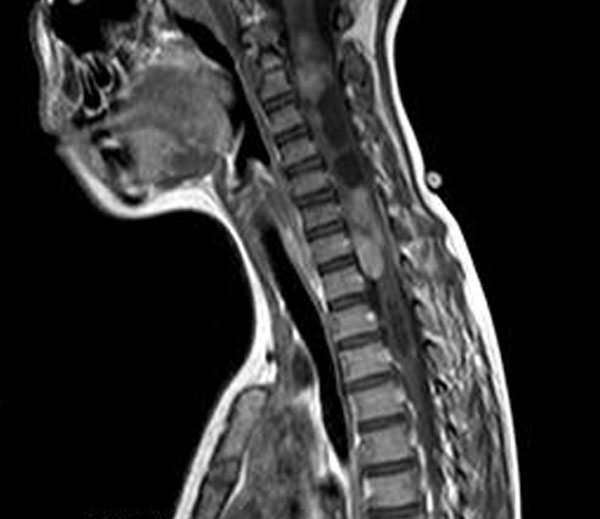 Together, the brain and the spinal cord—the sensitive column of nerve cells inside the vertebrae of the spine—make up our central nervous system (CNS). Cancers of the central nervous system, more commonly called brain and spinal cord tumors, are the second-most common form of cancer in children, after leukemia. Statistically, brain tumors and spinal cord tumors are often grouped together; however in reality, there are a number of different types of tumors of the brain and the spinal cord, each of which requires a unique treatment approach and carries its own prognosis (outlook).
Together, the brain and the spinal cord—the sensitive column of nerve cells inside the vertebrae of the spine—make up our central nervous system (CNS). Cancers of the central nervous system, more commonly called brain and spinal cord tumors, are the second-most common form of cancer in children, after leukemia. Statistically, brain tumors and spinal cord tumors are often grouped together; however in reality, there are a number of different types of tumors of the brain and the spinal cord, each of which requires a unique treatment approach and carries its own prognosis (outlook).
Usually, abnormal cell growths like tumors are classified as malignant (cancerous) or benign (non-cancerous). This distinction is significantly less important for spinal cord tumors because (1) spinal cord tumors rarely spread into other systems like other malignant cancers and (2) malignant and benign tumors can be equally life-threatening. Whether benign or malignant, as the tumor grows, it places pressure on and potentially restricts critical tissues of the CNS. Thus, both malignant and benign tumors can cause similar symptoms and require an aggressive treatment approach.
Symptoms and Early Detection of Spinal Cord Tumors
Unfortunately, as with other types of childhood cancer, early detection of a spinal cord tumor is generally not possible. Unlike with some common adult cancers, there are no screenings or testing options to detect the early growth of a tumor within the spinal cord. For most children, detection and diagnosis come only after the tumor has grown large enough to interfere with the normal functioning of the CNS and begin causing noticeable symptoms.
Symptoms of a spinal cord tumor can—and often do—vary widely from child to child. Specific symptoms will depend heavily on where the tumor is growing along the spinal cord, how much it is pressing on and restricting otherwise healthy nerves and tissues, how quickly it is growing, and the age and development of the child. However, some of the most common signs of a spinal cord tumor may be issues such as:
- Pain in the back or neck
- Pain spreading from the back towards the arms and/or legs
- Sciatica
- Numbness, weakness, and or tingling in the extremities, particularly the legs
- Changes to urination or bowel habits
- Difficulty walking
- Partial paralysis
- Spinal deformity
- Delay in reaching growth and development milestones such as sitting or walking
Spinal cord tumors in children are extremely rare, and many of these symptoms are also symptoms of common childhood ailments. However, if you notice these or other unusual health problems in your child, it is important to have your child checked by a pediatrician without delay. If your child’s pediatrician believes that these symptoms may be caused by a spinal cord tumor, he or she will refer you and your child to a neurologist and/or an oncologist for additional testing to ensure a prompt and accurate diagnosis.
More about Childhood Spinal Cord Tumor Cancers:
- About Childhood Spinal Cord Tumor Cancer – Detection and Diagnosis
- Causes, Risk Factors, and Prevention of Childhood Spinal Cord Tumor Cancer
- What are the signs and symptoms of Childhood Spinal Cord Tumor Cancer?
- Spinal Cord Tumor Cancer Treatment
- Spinal Cord Tumor Cancer – Stages and Prognosis
- What is the expected life span of Childhood Spinal Cord Tumor Cancer?
- After Treatment – Living as a Childhood Spinal Cord Tumor Cancer Survivor
Learn More About the Different Types of Childhood Cancers:
- Childhood Brain Tumor Cancer (Brain Stem Tumors)
- Spinal Cord Tumor Cancer
- Childhood Neuroblastoma Cancers
- Childhood Hodgkin Lymphoma Cancers
- Non-Hodgkin Lymphoma Cancers
- Wilms tumor (Kidney Tumors)
- Rhabdomyosarcoma
- Retinoblastoma
- Bone cancer (including osteosarcoma and Ewing sarcoma)
- Leukemia Cancers: Acute lymphocytic (lymphoblastic) leukemia (ALL) Acute myelogenous leukemia (AML); Juvenile myelomonocytic leukemia (JMML)
- Hepatoblastoma (Liver Cancer)
- Rhabdoid Tumors
Together, we can make a difference.
Donate today because kids can’t fight cancer alone®.
About American Childhood Cancer Organization
The American Childhood Cancer Organization was founded in 1970 by parents of children and adolescents diagnosed with cancer. As the nation’s oldest and largest grassroots organization dedicated to childhood cancer, ACCO is committed to shaping policy, supporting research, raising awareness, and providing free educational resources to kids with cancer, survivors, and their families. Additionally, ACCO is the sole U.S. member of Childhood Cancer International (CCI) and has helped support more than half a million families over the past 50 years. Help make childhood cancer a national health priority because kids can’t fight cancer alone®.
For more information about how ACCO can help your family, call 855.858.2226 or visit:




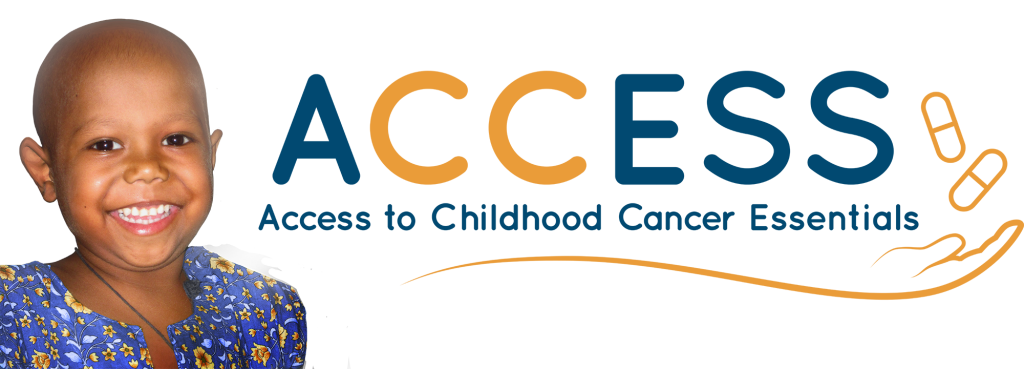 THE ACCESS TO CHILDHOOD CANCER ESSENTIALS (ACCESS) INITIATIVE ANNOUNCES TRANSFORMATIVE PROGRAMS TO INCREASE ACCESS TO CRITICAL MEDICINES
THE ACCESS TO CHILDHOOD CANCER ESSENTIALS (ACCESS) INITIATIVE ANNOUNCES TRANSFORMATIVE PROGRAMS TO INCREASE ACCESS TO CRITICAL MEDICINES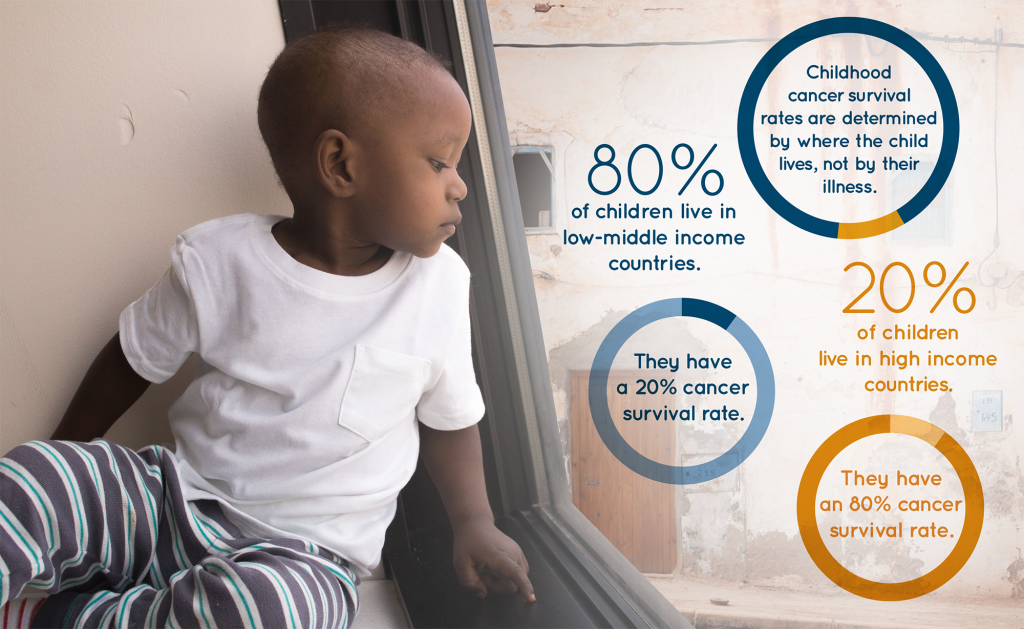
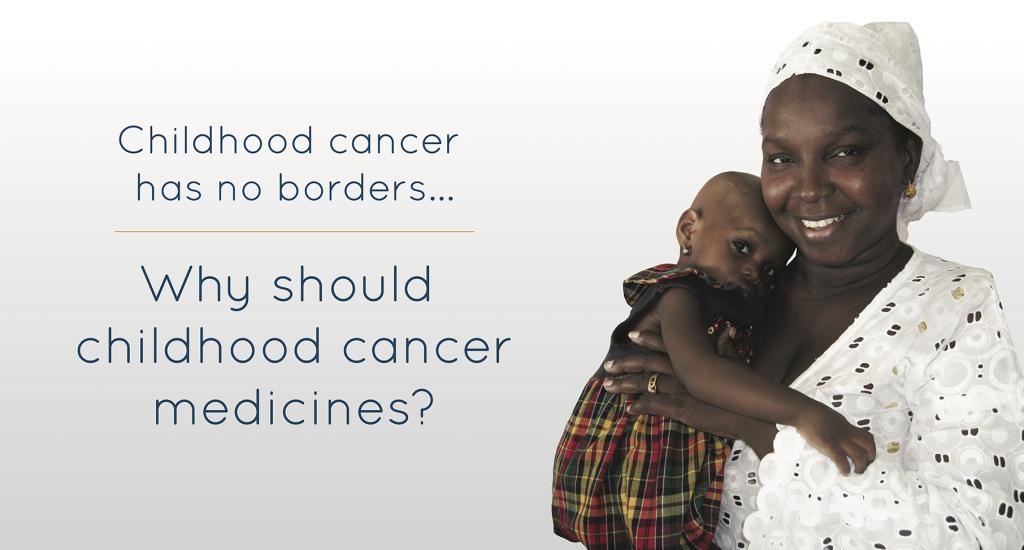 In partnership with Teva Pharmaceuticals, Direct Relief and the Ethiopian Pharmaceutical Fund Supply Agency, ACCESS is providing an emergency provision of 13 cancer medicines from the World Health Organization’s Essential Medicine List—more than 17,000 vials—to children with cancer in Ethiopia.
In partnership with Teva Pharmaceuticals, Direct Relief and the Ethiopian Pharmaceutical Fund Supply Agency, ACCESS is providing an emergency provision of 13 cancer medicines from the World Health Organization’s Essential Medicine List—more than 17,000 vials—to children with cancer in Ethiopia.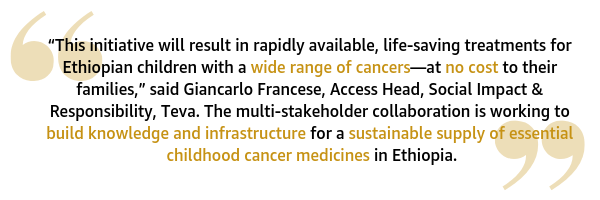
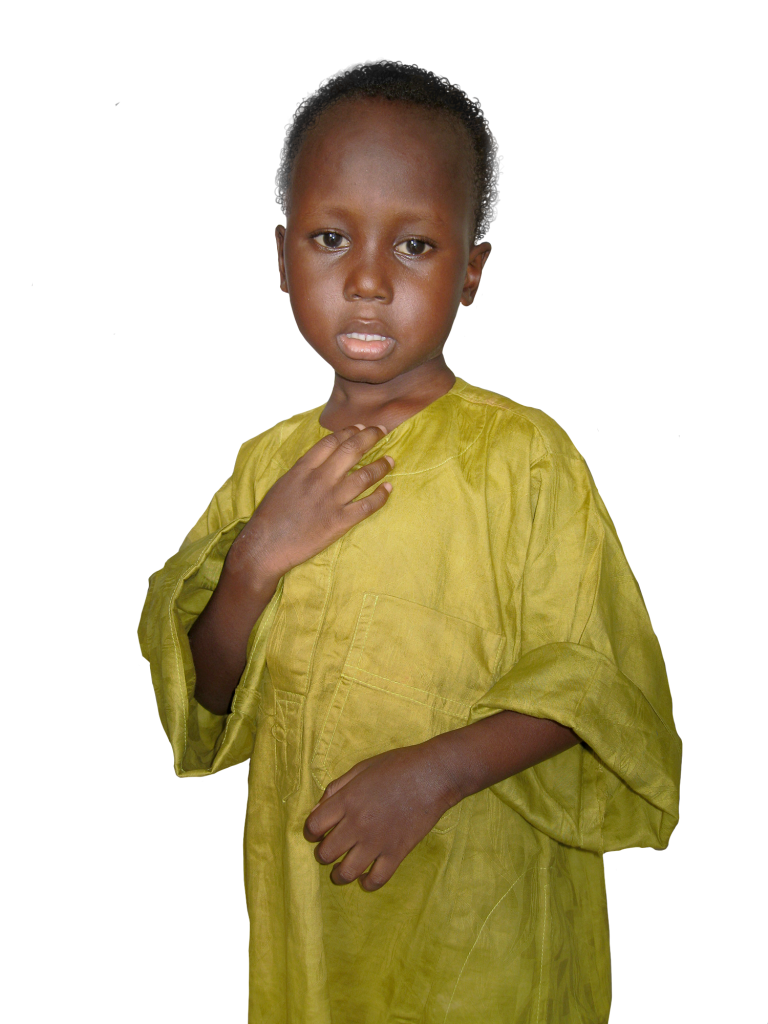
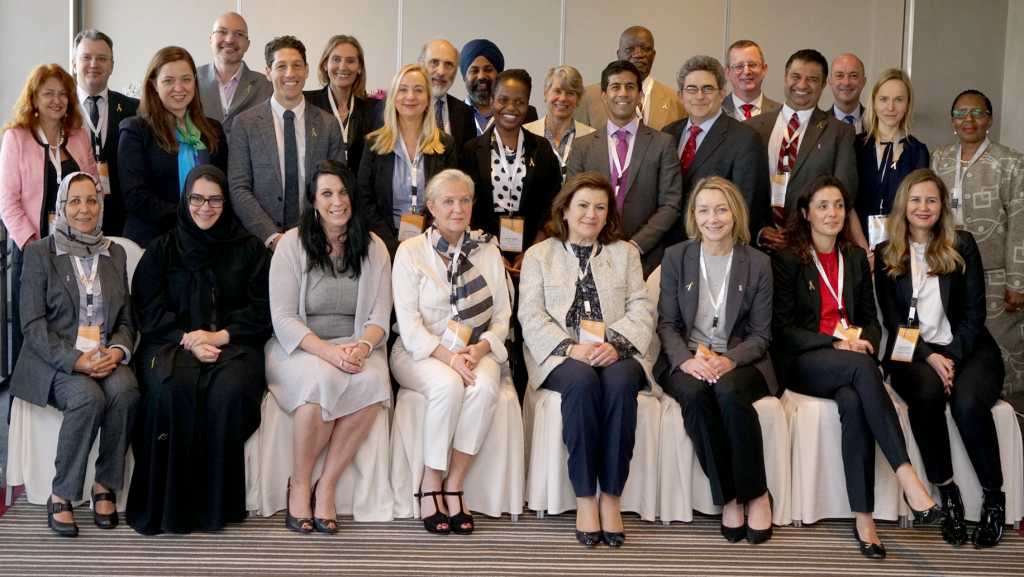
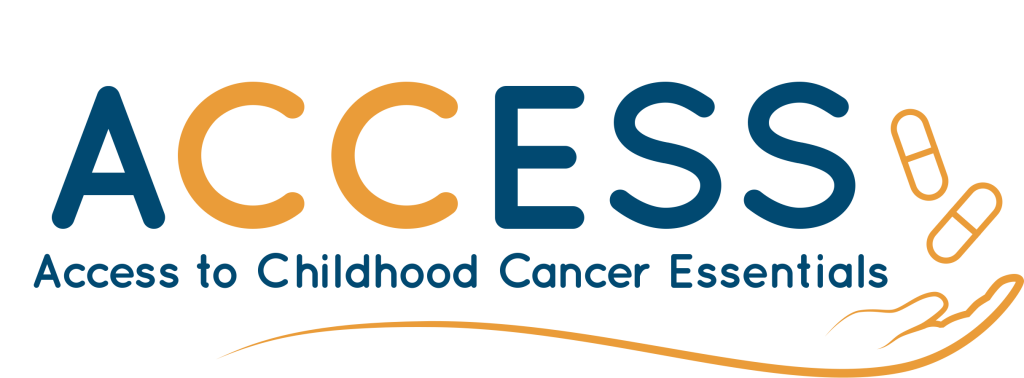
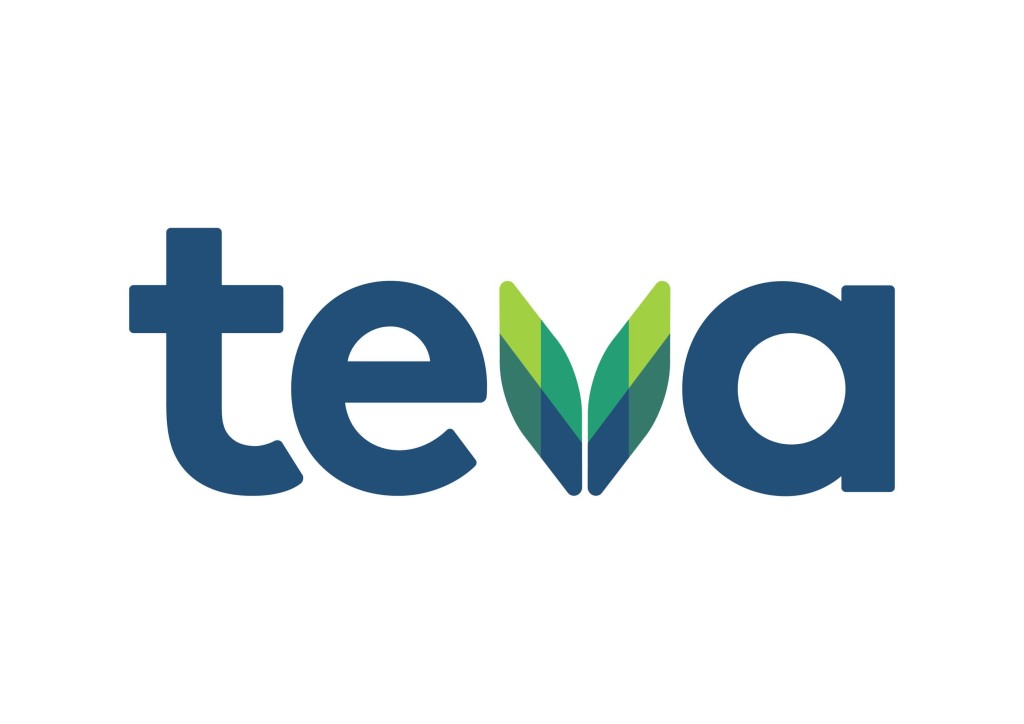
 The American Childhood Cancer Organization was founded in Washington, D.C. in 1970 by parents of children diagnosed with cancer to advocate for their needs and support research. The nation’s largest grassroots organization at the forefront of the crucial battle against childhood cancer and sole U.S. member of Childhood Cancer International, the ACCO is dedicated to shaping policy, supporting research, raising awareness, and providing educational resources and innovative programs to children with cancer, survivors, and their families. Since its inception, the ACCO has helped support more than half a million families affected by childhood cancer in the U.S. and expended to provide grant funding to support childhood cancer programs in Ethiopia. Visit www.acco.org.
The American Childhood Cancer Organization was founded in Washington, D.C. in 1970 by parents of children diagnosed with cancer to advocate for their needs and support research. The nation’s largest grassroots organization at the forefront of the crucial battle against childhood cancer and sole U.S. member of Childhood Cancer International, the ACCO is dedicated to shaping policy, supporting research, raising awareness, and providing educational resources and innovative programs to children with cancer, survivors, and their families. Since its inception, the ACCO has helped support more than half a million families affected by childhood cancer in the U.S. and expended to provide grant funding to support childhood cancer programs in Ethiopia. Visit www.acco.org.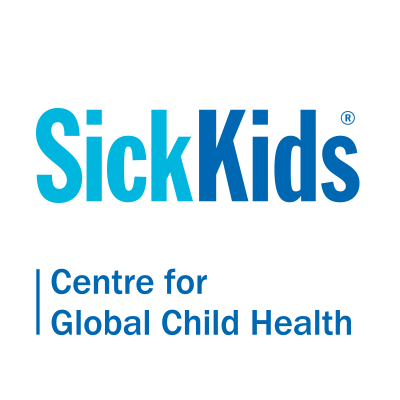 The Centre for Global Child Health is the dedicated hub for global child health-focused activities at The Hospital for Sick Children (SickKids). With a rich history of innovation in global paediatric health and a reputable network of global partners, the Centre for Global Child Health is well poised to effectively address global child health issues. The Centre supports the global health agenda through collaborative research grounded in scholarship, sustainable capacity building through education, advocacy for improved maternal and child health and the active communication of results to local, national and inter-national stakeholders. For more information, please visit www.sickkids.ca/globalchildhealth and follow on Twitter @SickKidsGlobal.
The Centre for Global Child Health is the dedicated hub for global child health-focused activities at The Hospital for Sick Children (SickKids). With a rich history of innovation in global paediatric health and a reputable network of global partners, the Centre for Global Child Health is well poised to effectively address global child health issues. The Centre supports the global health agenda through collaborative research grounded in scholarship, sustainable capacity building through education, advocacy for improved maternal and child health and the active communication of results to local, national and inter-national stakeholders. For more information, please visit www.sickkids.ca/globalchildhealth and follow on Twitter @SickKidsGlobal. Direct Relief is a humanitarian aid organization, active in all 50 states and more than 90 countries worldwide, with a mission to improve the health and lives of people affected by poverty or emergencies. Direct Relief works to equip healthcare providers who care for vulnerable people on an ongoing basis and during emergencies. To achieve this goal, Direct Relief partners with local health providers, leading healthcare companies, and business leaders, to deliver medicines, medical supplies and equipment through transparent, reliable, and cost-effective channels. Direct Relief seeks to support existing health providers over the long term, delivering aid without regard to race, ethnicity, political or religious affiliations, or ability to pay.
Direct Relief is a humanitarian aid organization, active in all 50 states and more than 90 countries worldwide, with a mission to improve the health and lives of people affected by poverty or emergencies. Direct Relief works to equip healthcare providers who care for vulnerable people on an ongoing basis and during emergencies. To achieve this goal, Direct Relief partners with local health providers, leading healthcare companies, and business leaders, to deliver medicines, medical supplies and equipment through transparent, reliable, and cost-effective channels. Direct Relief seeks to support existing health providers over the long term, delivering aid without regard to race, ethnicity, political or religious affiliations, or ability to pay.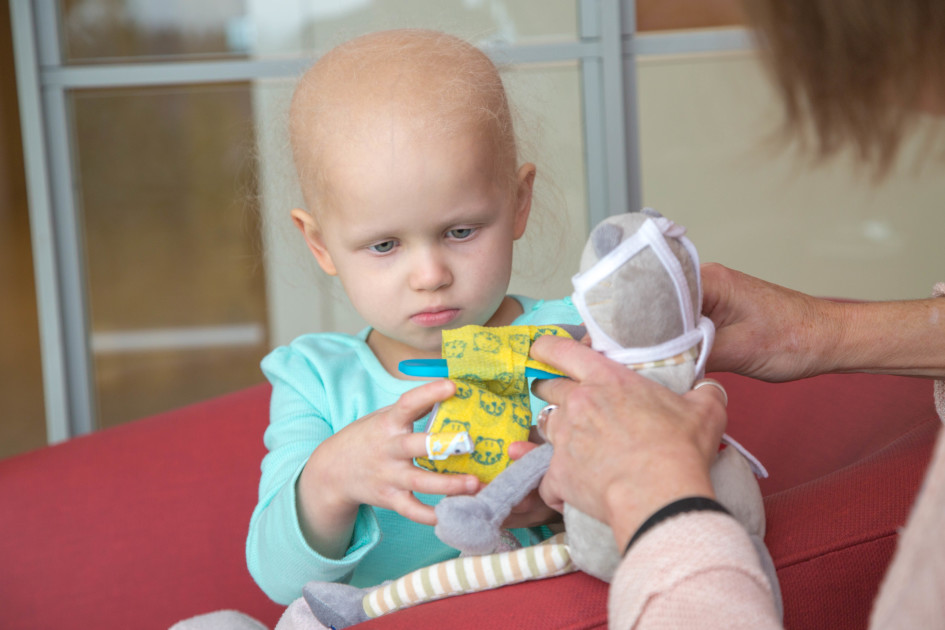 When we think of the spine, or backbone, we generally think of it as the part of the skeleton that enables us to stand upright and walk. However, the bones that hold us upright have a second, and potentially even more important, responsibility: protecting a delicate column of nerve tissues that carry messages between the body and the brain. These messages between body and brain are what enables our body to function normally.
When we think of the spine, or backbone, we generally think of it as the part of the skeleton that enables us to stand upright and walk. However, the bones that hold us upright have a second, and potentially even more important, responsibility: protecting a delicate column of nerve tissues that carry messages between the body and the brain. These messages between body and brain are what enables our body to function normally.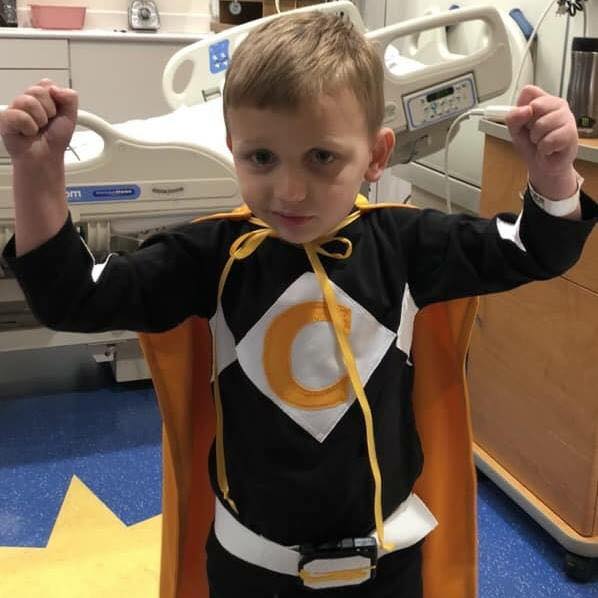 Meet courageous Colton Whisler, a four-year-old warrior currently battling Perimeningeal Rhabdomyosarcoma, otherwise known as RMS. We were pleased to connect with Colton’s family through The Mark White Show,
Meet courageous Colton Whisler, a four-year-old warrior currently battling Perimeningeal Rhabdomyosarcoma, otherwise known as RMS. We were pleased to connect with Colton’s family through The Mark White Show, 
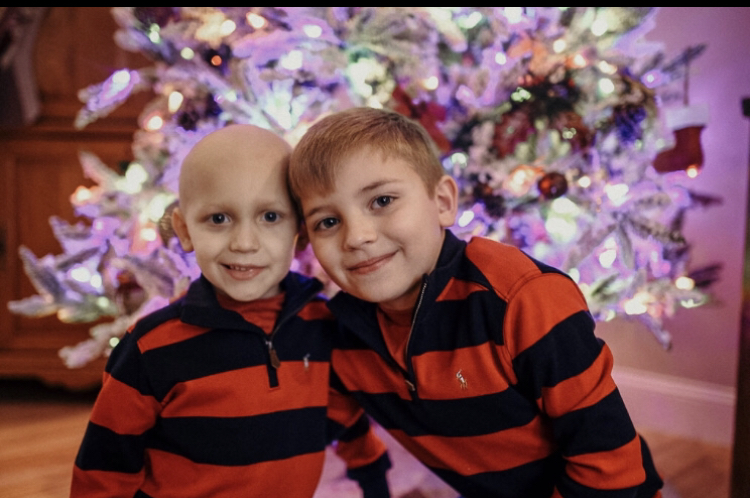
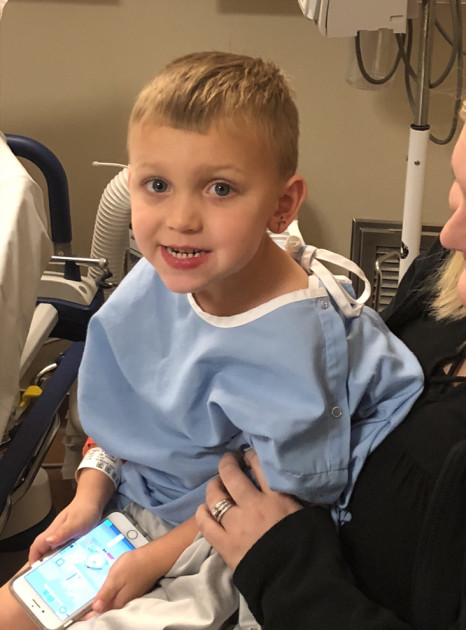
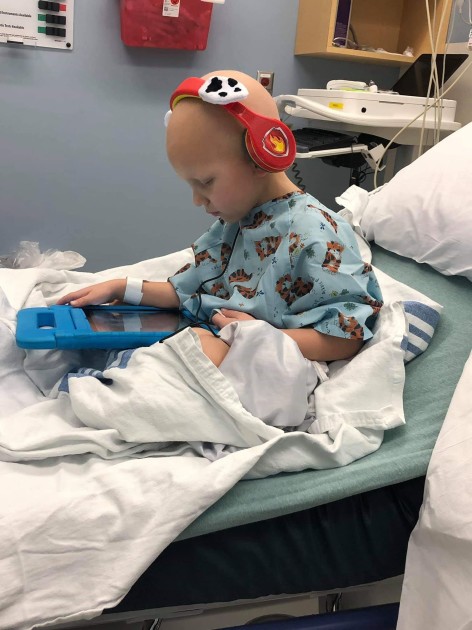
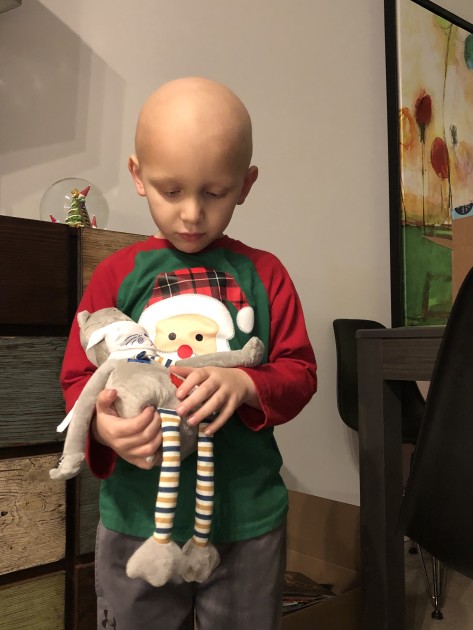
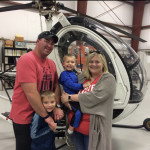
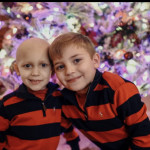


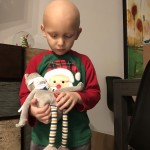
 The brain and the spinal cord make up what is known as the Central Nervous System (CNS) and together, they control nearly all of our body’s normal functions. The brain is composed of three major parts.
The brain and the spinal cord make up what is known as the Central Nervous System (CNS) and together, they control nearly all of our body’s normal functions. The brain is composed of three major parts.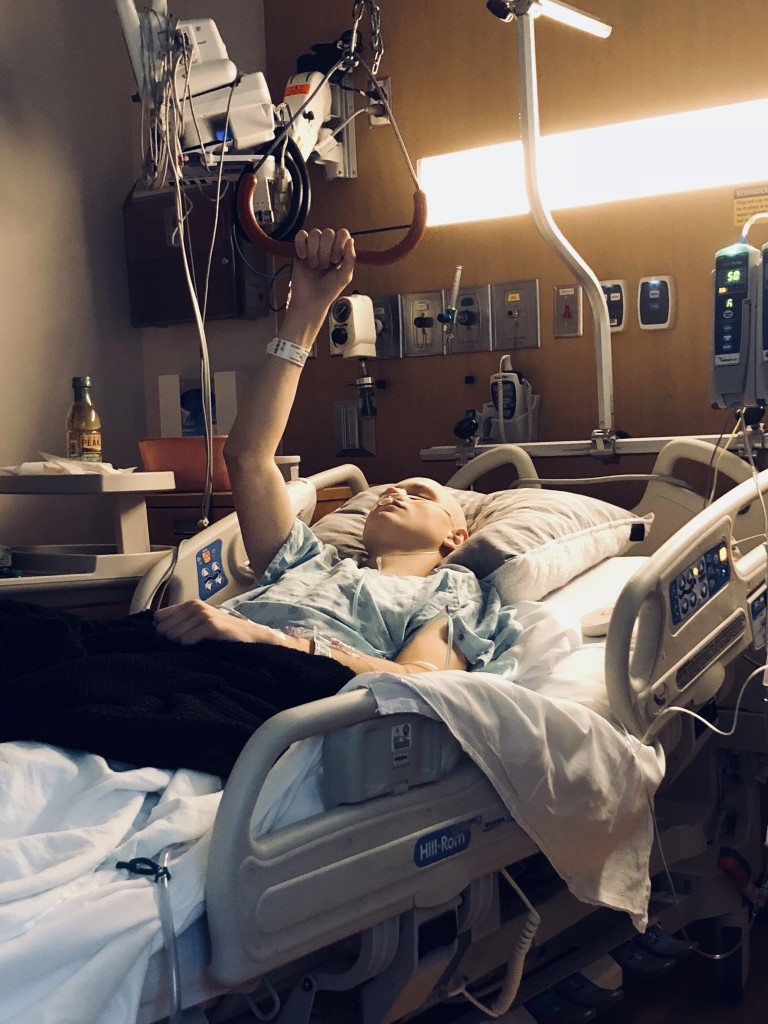
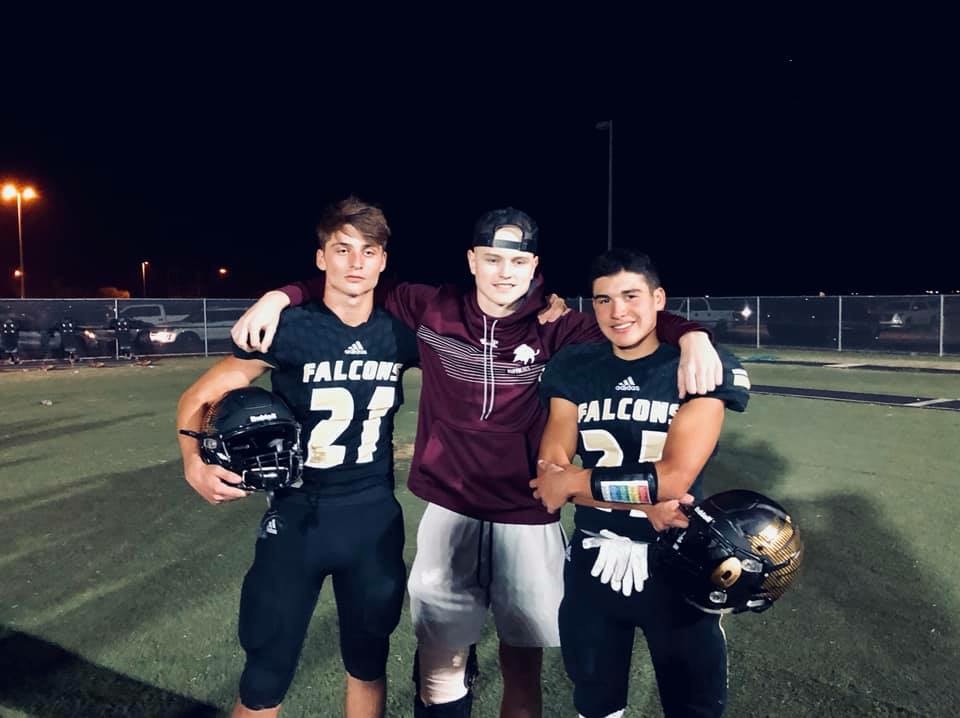 Baseball season started in March of 2018 and Damon came home one day after practice saying that his right knee felt like his left one previously. They didn’t really think anything of it – so Damon finished out the baseball season the best he could. Damon’s mother, Tiffiney said, “for a minute the world stopped and went dark. It was Damon’s 16th birthday. It was something that we were somewhat prepared for thanks in part to our spor
Baseball season started in March of 2018 and Damon came home one day after practice saying that his right knee felt like his left one previously. They didn’t really think anything of it – so Damon finished out the baseball season the best he could. Damon’s mother, Tiffiney said, “for a minute the world stopped and went dark. It was Damon’s 16th birthday. It was something that we were somewhat prepared for thanks in part to our spor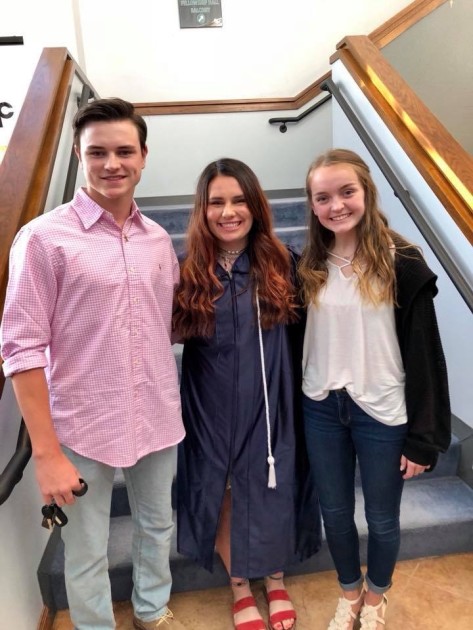

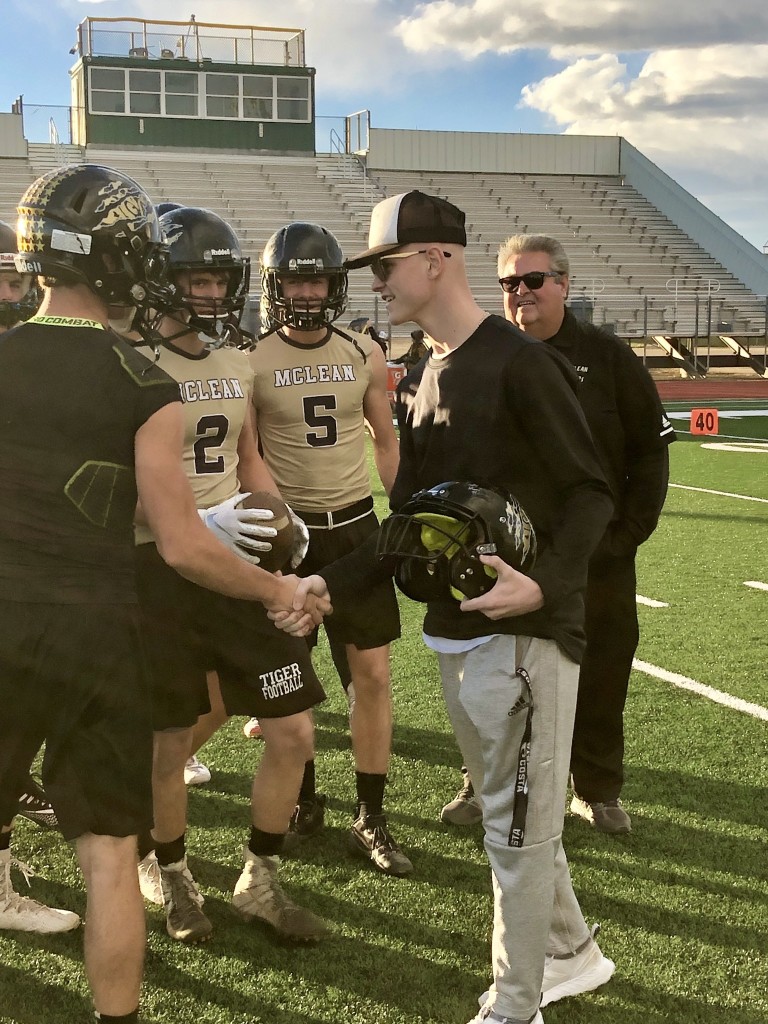
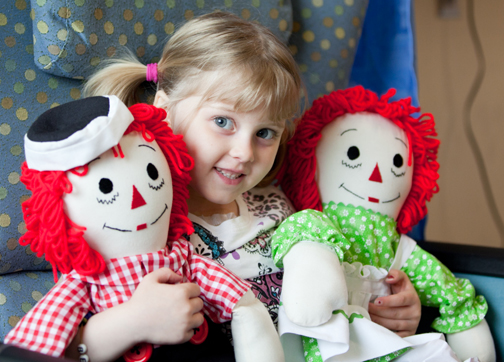 The central nervous system—including the brain and the spinal cord—grows and develops very quickly during childhood. This rapid rate of growth and development can make treating a brain and/or spinal cord tumor in children especially complicated for several reasons. First, the growth of the tumor can more easily damage the rapidly-changing tissues of the central nervous system (CNS). Second, the tissues of the CNS are extremely sensitive to the potentially damaging impact of chemotherapy, radiation, and other tools required to eliminate the tumor. These two issues are especially concerning when discussing survivorship issues for childhood brain and spinal cord tumors, and may have repercussions well into adulthood.
The central nervous system—including the brain and the spinal cord—grows and develops very quickly during childhood. This rapid rate of growth and development can make treating a brain and/or spinal cord tumor in children especially complicated for several reasons. First, the growth of the tumor can more easily damage the rapidly-changing tissues of the central nervous system (CNS). Second, the tissues of the CNS are extremely sensitive to the potentially damaging impact of chemotherapy, radiation, and other tools required to eliminate the tumor. These two issues are especially concerning when discussing survivorship issues for childhood brain and spinal cord tumors, and may have repercussions well into adulthood.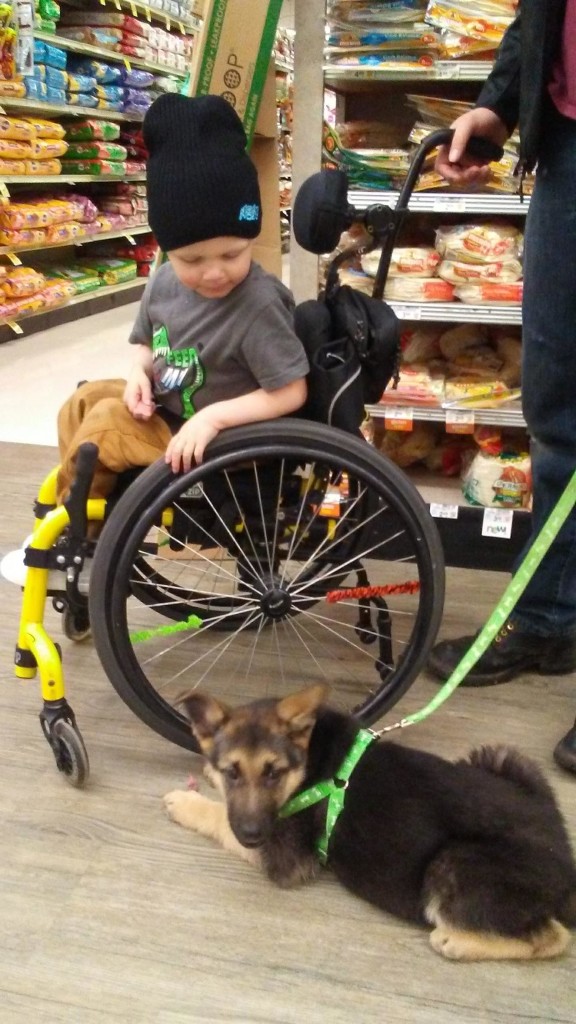
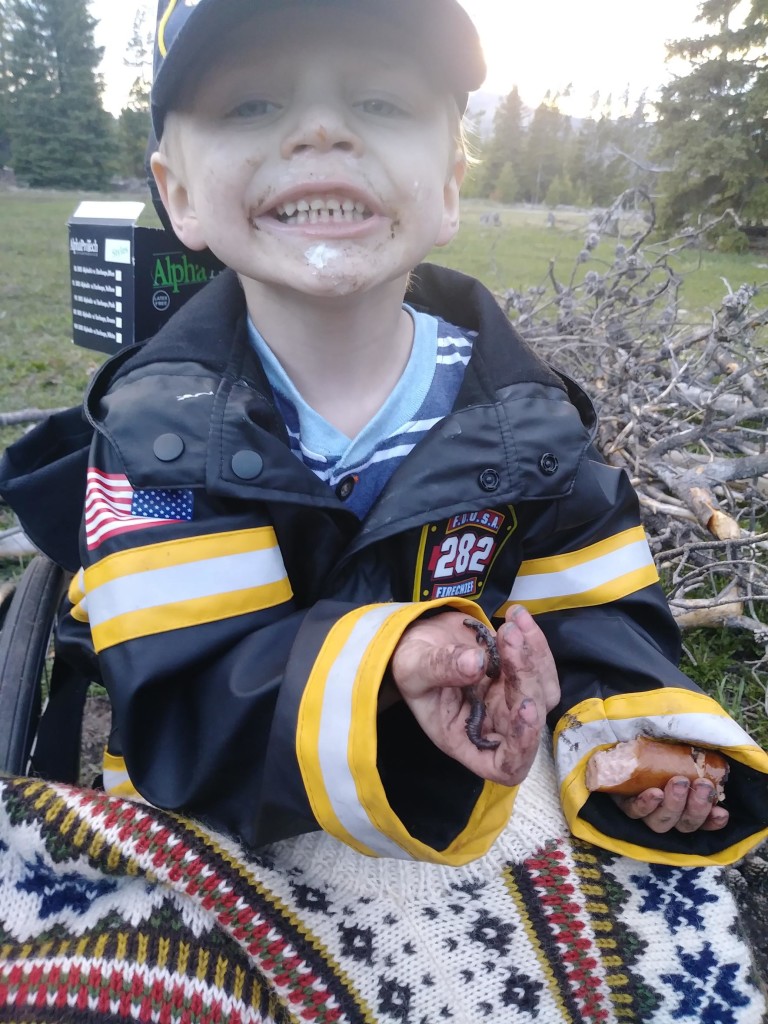 By August, Kirby was completely paralyzed from the waist down. The doctors wouldn’t listen. Kirby’s parents decided to take matters into their own hands and took Kirby to a larger hospital to go through more tests. After a tearful meeting with one doctor expressing she didn’t know what was wrong with Kirby, they ordered an MRI. Moments after the MRI was read, the doctor told Sonnie, “we found out what is wrong with your son, he has tumors on his spine and they are spreading. It’s cancer. We need to get him on an airplane on our way to Children’s Hospital.” By noon, the family was on an airplane to Children’s Hospital of Colorado – a home to the Sargent family for the next six months.
By August, Kirby was completely paralyzed from the waist down. The doctors wouldn’t listen. Kirby’s parents decided to take matters into their own hands and took Kirby to a larger hospital to go through more tests. After a tearful meeting with one doctor expressing she didn’t know what was wrong with Kirby, they ordered an MRI. Moments after the MRI was read, the doctor told Sonnie, “we found out what is wrong with your son, he has tumors on his spine and they are spreading. It’s cancer. We need to get him on an airplane on our way to Children’s Hospital.” By noon, the family was on an airplane to Children’s Hospital of Colorado – a home to the Sargent family for the next six months.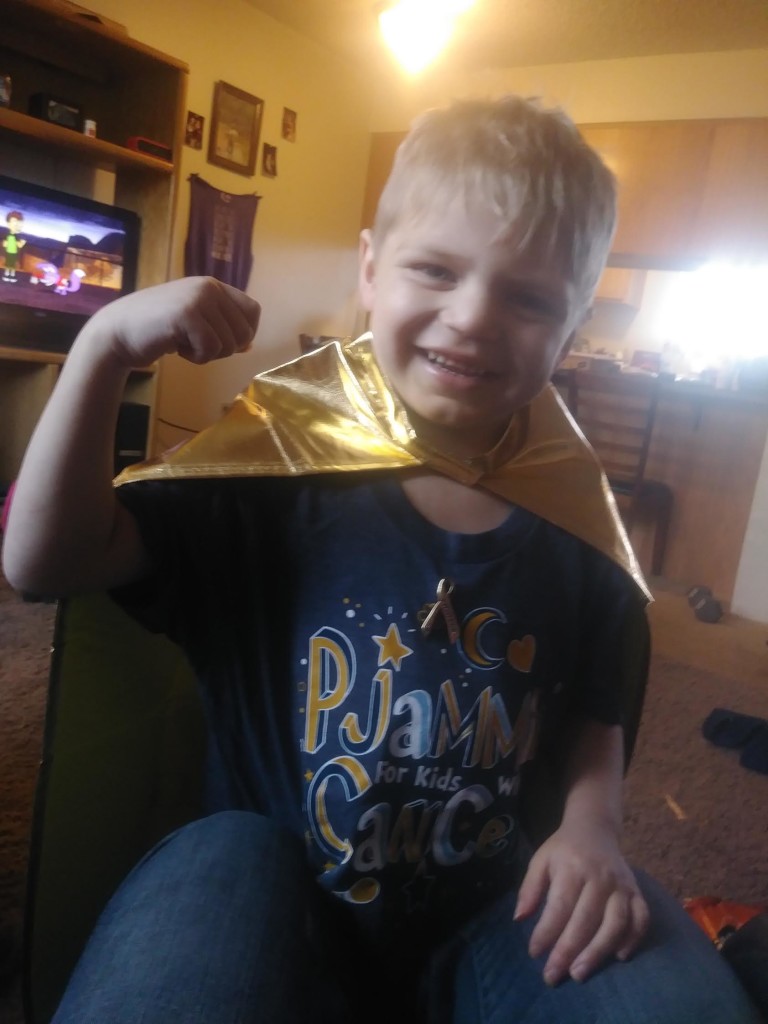
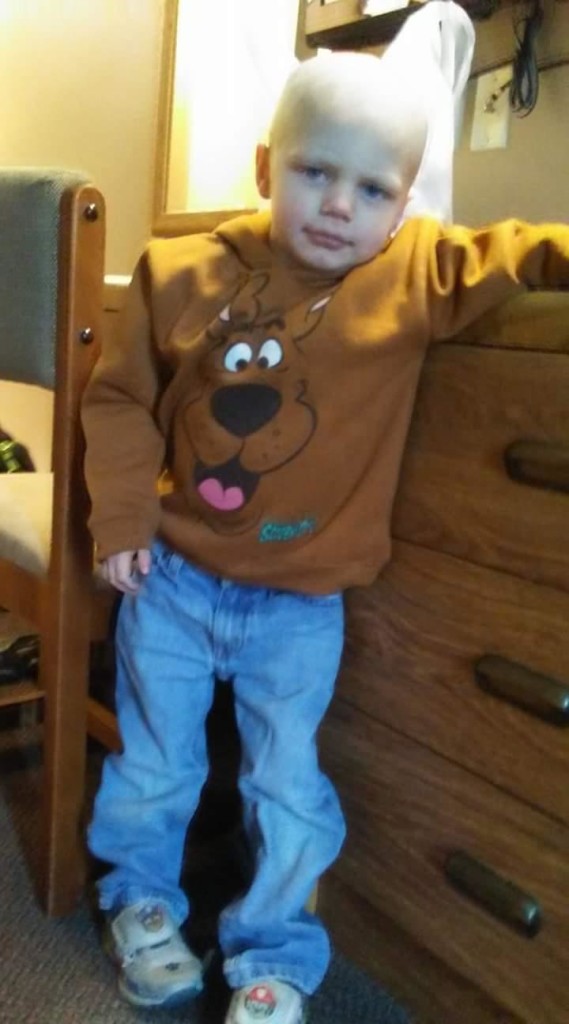
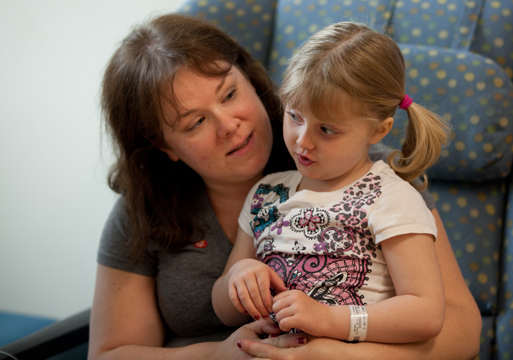 What are the key prognosis factors for childhood brain tumors?
What are the key prognosis factors for childhood brain tumors?